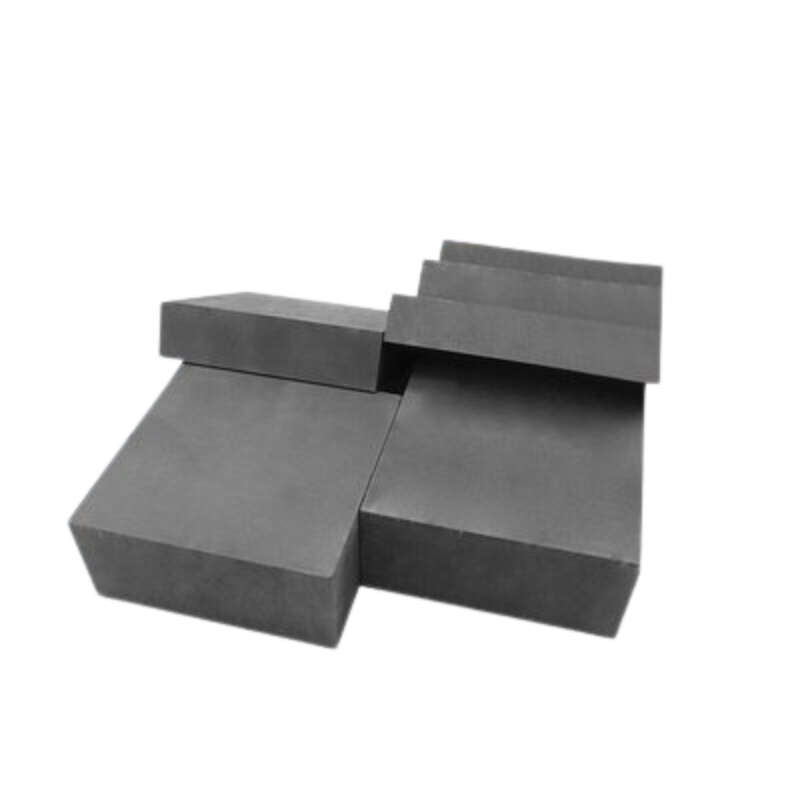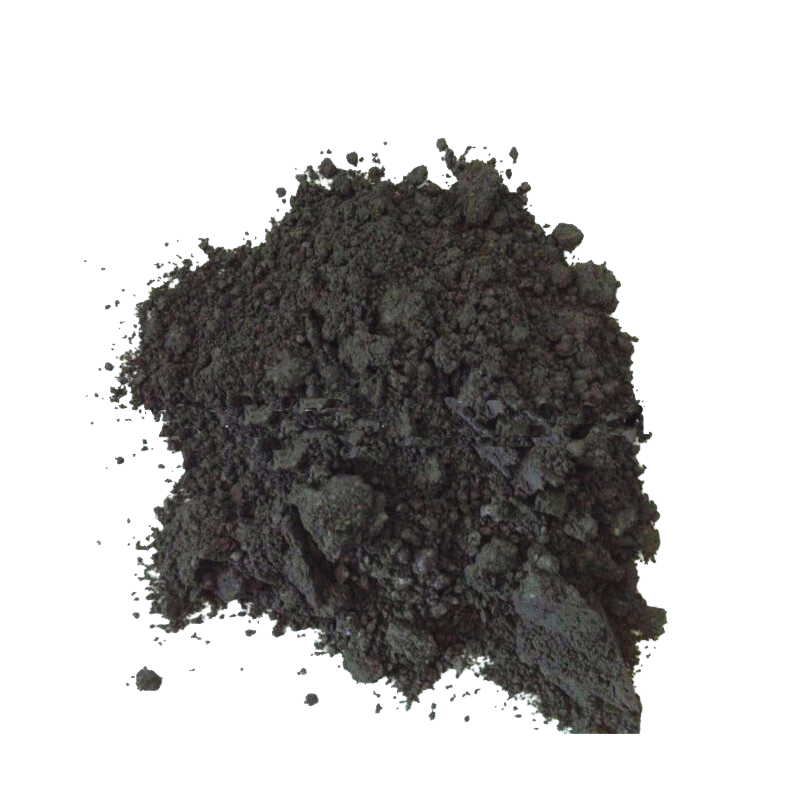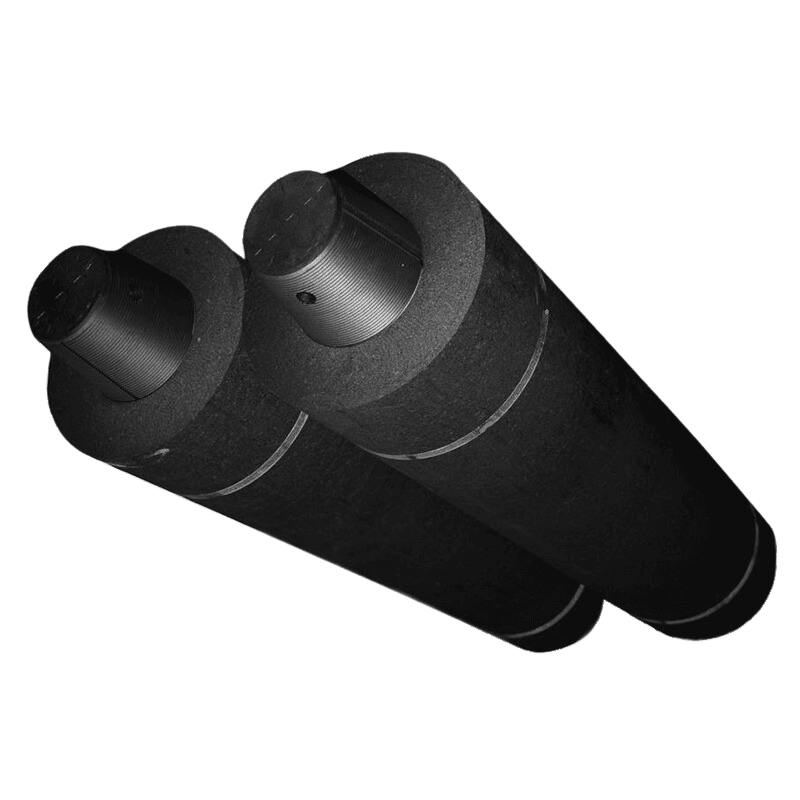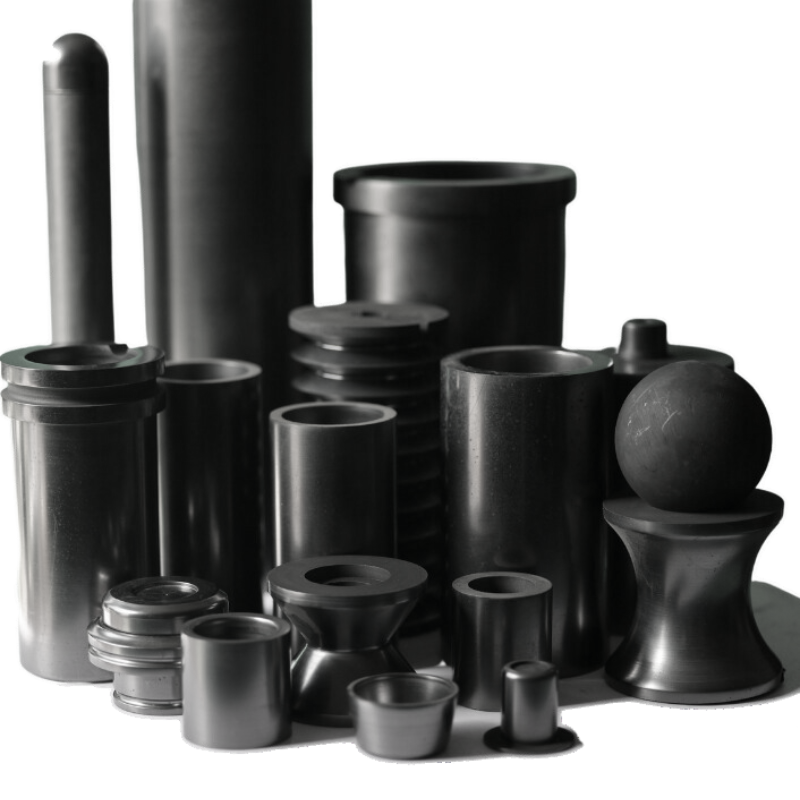Introduction
Microfluidic devices have revolutionized various fields, including biotechnology, pharmaceuticals, and diagnostics, by enabling precise manipulation of fluids on a microscopic scale. One crucial aspect of microfluidic device fabrication is the mold used for structuring the channels and chambers. Among various materials, graphite molds stand out for their versatility, durability, and precision in manufacturing intricate microfluidic designs.
Understanding Graphite Molds
Graphite molds are crafted from high-purity graphite, renowned for its exceptional thermal stability, chemical resistance, and machinability. These molds serve as templates for replicating microfluidic structures with high fidelity and repeatability. The unique properties of graphite make it an ideal choice for microfluidic device fabrication, offering several advantages over alternative materials.
Precision and Complexity
Graphite molds excel in producing microfluidic devices with intricate geometries and precise dimensions. Their exceptional machinability allows for the creation of complex channel networks, chambers, and features with sub-micron accuracy. This level of precision is crucial for applications requiring precise fluid control, such as lab-on-a-chip systems and point-of-care diagnostics.
Durability and Reusability
Unlike traditional silicone or polydimethylsiloxane (PDMS) molds, graphite molds exhibit superior durability and longevity. They can withstand high temperatures and pressures encountered during the molding process, ensuring consistent performance over numerous replication cycles. Additionally, graphite molds can be cleaned and reused multiple times without compromising dimensional accuracy, making them a cost-effective solution for high-volume production.
Chemical Compatibility
Graphite’s excellent chemical resistance makes it compatible with a wide range of materials commonly used in microfluidic device fabrication, including polymers, resins, and biomaterials. This compatibility ensures that the molded structures maintain their integrity and functionality, even when exposed to harsh chemicals or biological samples. Graphite molds are particularly well-suited for applications involving aggressive solvents, acids, or bases, where other materials may degrade or react adversely.
Thermal Stability
Temperature control is critical during the molding process to achieve uniform replication and minimize defects. Graphite molds exhibit exceptional thermal stability, dissipating heat evenly across the mold surface and maintaining precise temperature profiles during curing or polymerization. This thermal uniformity results in consistent molding outcomes and enhances the reproducibility of microfluidic device fabrication processes.
Surface Finish and Wettability
The surface finish of the mold plays a crucial role in determining the quality of replicated microfluidic structures and the wettability of the final device. Graphite molds can be precisely machined to achieve smooth surface finishes with low roughness values, minimizing the risk of defects such as air bubbles or surface imperfections. Additionally, graphite’s inherent hydrophobicity can be advantageous for certain applications, reducing sample loss and improving fluid flow dynamics within the microchannels.
Applications of Graphite Molds in Microfluidic Device Fabrication
The versatility of graphite molds enables their use in a wide range of microfluidic applications, including:
1.Lab-on-a-Chip Systems: Graphite molds facilitate the rapid prototyping and mass production of lab-on-a-chip devices for point-of-care diagnostics, environmental monitoring, and biochemical analysis.
2.Organ-on-a-Chip Platforms: Graphite molds enable the fabrication of three-dimensional (3D) microfluidic systems that mimic the physiological environment of human organs, enabling drug testing, disease modeling, and personalized medicine.
3.Droplet Microfluidics: Graphite molds with precise microcavities are used to generate uniform droplets of controlled size and composition for applications in drug delivery, chemical synthesis, and bioassays.
4.Microreactors: Graphite molds enable the fabrication of microscale reactors for chemical synthesis, catalysis, and materials science, offering enhanced control over reaction kinetics and product yields.
Optimizing Graphite Mold Design and Fabrication
To maximize the performance and efficiency of graphite molds in microfluidic device fabrication, several factors should be considered during mold design and fabrication:
1.Design Considerations: Pay careful attention to channel geometries, aspect ratios, and feature sizes to ensure proper fluid flow, minimize dead volumes, and prevent clogging or leakage.
2.Surface Treatment: Consider surface treatments such as plasma activation or chemical modification to tailor the surface properties of graphite molds for specific applications, such as enhancing hydrophilicity or promoting biomolecule adhesion.3.Mold Fabrication Techniques: Choose appropriate machining techniques, such as milling, drilling, or laser ablation, to achieve the desired mold features with high precision and accuracy.
4.Quality Control: Implement rigorous quality control measures, such as dimensional inspection, surface profilometry, and mold seasoning, to ensure consistent mold performance and reproducible molding outcomes.
Conclusion
Graphite molds play a pivotal role in advancing microfluidic device fabrication, offering unparalleled precision, durability, and versatility. By leveraging the unique properties of graphite, researchers and manufacturers can accelerate the development of innovative microfluidic technologies for various applications, ranging from biomedical diagnostics to chemical synthesis. As the demand for sophisticated microfluidic devices continues to grow, graphite molds will remain indispensable tools for realizing the full potential of microscale fluid manipulation.





